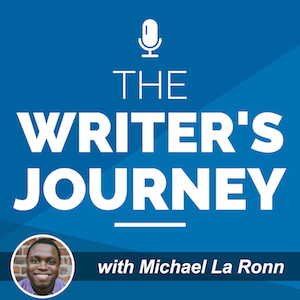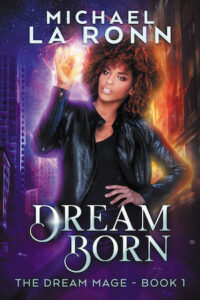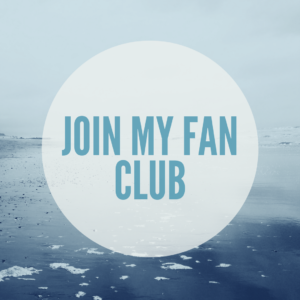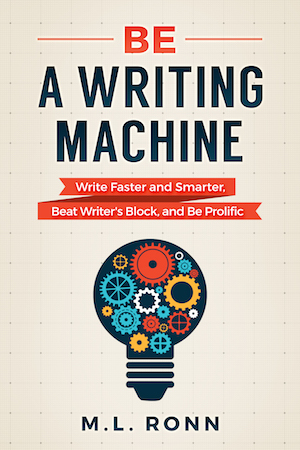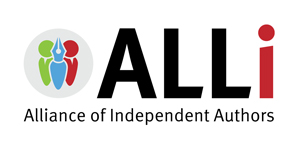This week's episode is sponsored by…(wait for it) The Writer's Journey Podcast!
This is my journey from nobody to bestseller, and I'm documenting every step of the way.
If you've enjoyed even 1 episode of the show, share the podcast with your friends using the buttons at the top and bottom of the page!
SHOW NOTES
Quick overview of this week's show:
- How I plan, record, and publish this podcast
- The equipment and software I use
- How podcasts helped me build my personal brand
Sound/Music Credits for this week's episode
Intro/Outro Music: “Kick. Push” by Ryan Little.
Sound Effects/Miscellaneous Credits:
“Whoa/wow by yugidm16”: https://freesound.org/people/yugi16dm/sounds/323438/
Sound effects courtesy of Freesound.org.
TRANSCRIPT
In this week’s episode, I’m going to take you behind the scenes of The Writer’s Journey Podcast and talk about how I design, write, and record this show. Stay tuned.
***
Hello, and welcome to episode 16 of the podcast. I thought I’d take some time this week to talk about how I record this show.
Believe it or not, this podcast is a pretty minimal effort for me.
I only do podcasts if I can make them easy on myself. Otherwise, they can eat up a lot of your time with not much benefit in return.
So I’m going to walk through every step of how I do this show.
Designing Each Episode
I broke the show into weekly themes. This helped keep some variety while also giving listeners an idea of what to expect.
The first week of the month, I talk about the writing life.
The second week of the month, I read a page from my sketchbook.
The third week of the month, I go behind the scenes of something in my career.
The fourth week of the month, I give an update on my writing progress.
My ultimate goal is to be able to turn on my microphone and just talk.
Because I’m doing a solo podcast, I have to work a lot harder to keep your attention since I don’t have a co-host or a person to interview.
So to do this, I break each show into segments, and my secret is that I’m usually doing something to catch your ear every 60-90 seconds, which equates to about 150-200 words.
[INSERT SOMEONE SAYING “WHOA”]
See what I did there?
When I’m writing the scripts for each episode, I start thinking about what kind of sound effects and audio I want to use. I imagine every episode as a three-act play, with a beginning, middle, and end. If I need a sound effect, I grab a public domain sound from Freesound.org.
I also think in 150 word increments and evaluate where I can “break” the content up. That could be a sound effect, a joke, a turn of thought, music, whatever. I find that small cues at certain intervals keep you listening. It’s called a pattern interrupt, and something I learned to do quite effectively with video.
I break up the larger segments of the show with a transition sound, which you’ll hear…right now.
Writing the Scripts
Since I have a pretty good format established, the next step is to write the script.
I set a hard stop for myself at around 1,000 words, sometimes a little more. I find that this number translates nicely into about a 5-7 minute show.
It usually takes me about 20 minutes to write, edit, and proofread each script, which is a little over an hour for the month’s episodes.
I have fun when I’m writing these episodes, and it takes nothing for me to sit down and write 1,000 words about myself, my writing, or my thoughts on something. I don’t have to think twice about it.
And because I am a one-draft writer, I trust myself to come up with the best thought the first time, and I spend only a few minutes reviewing what I wrote.
Recording and Editing the Show
I wake up at 5:30 in the morning, take a shower, sit down in front of my Blue Yeti microphone, which is on my desk. I open Adobe Audition, the program I use to record and edit.
I hit the record button and I start talking.
If an episode is 5 minutes, it’ll take me 6-7 minutes to record because I’ll occasionally make a mistake.
I then edit the audio, cut out the mistakes, do a few engineering things to the audio to make voice sound louder and fuller.
For example, here’s a sample of how I sound before sound editing: [CLIP OF MICHAEL SPEAKING WITH BAD SOUND]
You can tell it’s pretty quiet and not quite so full.
And here’s what that same audio sounds like after editing. [CLIP OF MICHAEL SPEAKING WITH GOOD SOUND]
Once I’m done editing, I cut the audio into smaller chunks so I can share it on Anchor and share snippets of each show on social media.
Then, I upload the audio to Libsyn, my audio hosting company.
I also have a template blog post that I use for each episode. I copy and paste my script into WordPress and that’s all I need to do.
I use Canva to create a thumbnail image for my blog. I have a simple template for this, and I grab images from a royalty-free website to add some color to it.
I schedule the podcast and blog post to go out around midnight on Thursday.
I also have social media automated to share every time I release a new episode, so I don’t have to do anything with this.
And That’s a Wrap
That’s it. From a monthly perspective, I can design, write, record, and publish all of my podcast episodes in 2-3 hours.
Once I become more successful, I can scale this and outsource it to someone. When I do that, we’re talking around a 1 hour per month commitment for what I think is a pretty high value show.
All of that to bring good content you to fine folks.
If you’re interested in starting a podcast, you can check the show notes for links to all the equipment and programs I use.
If you have a message, then I recommend looking into podcasting. It’s a wonderful, cost-effective way to build an audience, just like I’m doing for this show.
My Podcasting Gear
Blue Yeti USB Microphone (Affiliate Link): https://amzn.to/2I7voeX
Adobe Creative Cloud (which contains Adobe Audition): https://www.adobe.com/creativecloud.html
FREE Alternative to Adobe (Audacity): https://www.audacityteam.org/
Free Sound Effects: https://www.freesound.org
Canva: http://www.canva.com
QUOTE OF THE WEEK
“I like to pretend that my art has nothing to do with me.” – Roy Lichtenstein
Show's over, but it doesn't have to stop here.
If you liked this episode, you and me are probably kindred spirits.

